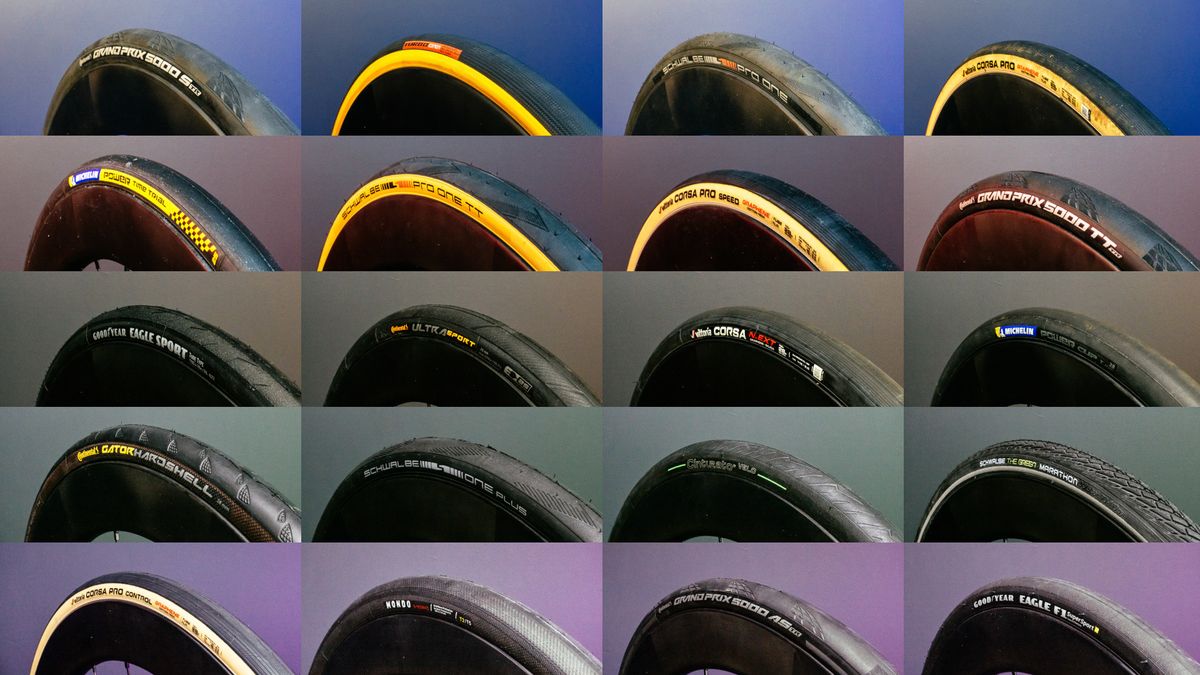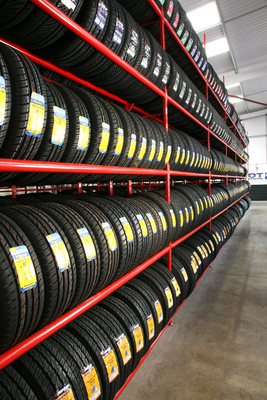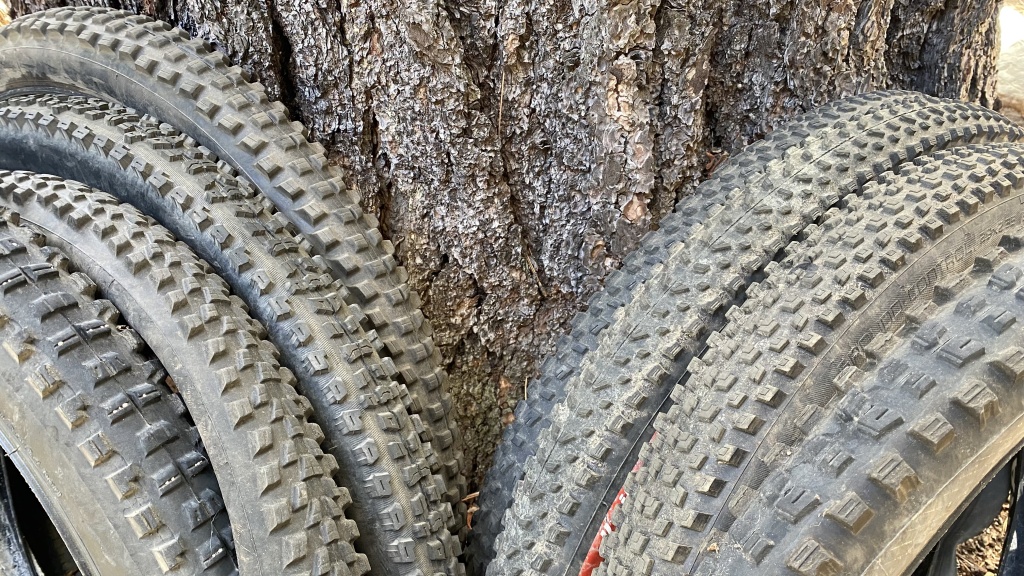All Categories
Featured
Table of Contents
I had the ability to obtain 100 hours out of one of these tires, and while it had definitely no tire lugs left on it, the soft compound made it function extremely wellas long as I was utilizing a soft mousse. Kitt Stringer photo Easy installing - 3Wear - 3Sidewall toughness - 3Performance on roots - 4Performance on damp rocks - 2Traction on dirt - 5Cornering capacity - 4Traction while stopping - 4Self-clearing of dirt and mud - 3Performance in mud - 3Overall predictability or tracking - 3 _ 37 Verdict: This is a good all-around tire with excellent worth for cash.

The wear was constant and I such as how much time it lasted and just how constant the feeling was during use. This would additionally be a great tire for faster races as the lug size and spacing little bit in well on rapid terrain. Kitt Stringer image Easy mounting - 3Wear - 3Sidewall stamina - 3Performance on origins - 4Performance on wet rocks - 4Traction on dust - 4Cornering capacity - 4Traction while stopping - 5Self-clearing of dust and mud - 4Performance in mud - 4Overall predictability or monitoring - 4_42 Conclusion: I liked this tire a lot.
If I needed to buy a tire for difficult enduro, this would be in my leading choice. Easy placing - 3Wear - 3Sidewall toughness - 3Performance on origins - 4Performance on wet rocks - 3Traction on dirt - 4Cornering capability - 3Traction while braking - 3Self-clearing of dirt and mud - 4Performance in mud - 4Overall predictability or monitoring - 3 _ 34 Verdict: This tire was extremely soft and pliable.
All the gummy tires I tested performed relatively close for the very first 10 hours or so, with the victors going to the softer tires that had much better traction on rocks (Discount tyres). Investing in a gummy tire will certainly provide you a solid advantage over a routine soft compound tire, yet you do pay for that advantage with quicker wear
Honest Tyres Near Me – Landsdale
This is a perfect tire for spring and fall problems where the dirt is soft with some wetness still in it. These tried and tested race tires are great all around, however put on promptly.
My overall champion for a hard enduro tire. If I needed to invest money on a tire for daily training and riding, I would select this set.
Honest Tyre Repair Services Near Me
I've been running a set of Michelin Power Pilot 2CT's on my track Daytona 675 for the past year. In that time I have actually done 15 track days in all weathers from cool damp to very hot and these tyres have actually never ever missed out on a beat. Low-cost tyres. I've done virtually 2,000 miles (3,200 kilometres) on them and as you can see from this shot of the front taken after initial session of my 15th track day on them, they still have quite a great deal of rubber left on them
Simply put the 2CT is an amazing track day tyre. If you're the type of cyclist that is most likely to run into both damp and completely dry conditions and is beginning on track days as I was in 2014, after that I assume you'll be tough pressed to discover a better value for money and qualified tyre than the 2CT; a pair of which will certainly set you back around 185 (US$ 300) in the UK.
Developing a much better all rounded road/track tire than the 2CT have to have been a difficult task for Michelin. The outcome of that effort is the Michelin Pilot Power 3 which basically replaces the Pure. Do not puzzle this brand-new tire with the road going Pilot Roadway 3 which is not created for track use (although some bikers do).
They inspire significant self-confidence and give amazing hold degrees in either the wet or the completely dry. When the Pilot Power 3 released, Michelin recommended it as a 50:50% roadway: track tyre. That message has recently changed since the tires are currently recommended as 85:15% road: track usage rather. All the rider reports that I have actually reviewed for the tire price it as a far better tire than the 2CT in all areas yet specifically in the wet.
Honest Tyre Fitting Near Me
Technically there are plenty of distinctions in between the 2 tyres despite the fact that both make use of a double substance. Visually you can see that the 2CT has fewer grooves cut right into the tire yet that the grooves go to the edge of the tyre. The Pilot Power 3 has more grooves for better water dispersal yet these grooves don't reach the shoulder of the tyre.
One element of the Pilot Power 3 which is various to the 2CT is the brand-new 2CT+ innovation which extends the harder center section under the softer shoulders (on the back tire). This must offer more security and minimize any "agonize" when accelerating out of edges in spite of the lighter weight and even more flexible nature of this brand-new tire.

Although I was slightly dubious concerning these reduced stress, it transformed out that they were fine and the tires done truly well on course, and the rubber looked much better for it at the end of the day. Equally as a point of recommendation, various other (quick group) cyclists running Metzeler Racetecs were using tire stress around 22-24 psi for the back and 24-27 psi on the front.
Creating a much better all round road/track tyre than the 2CT need to have been a tough job for Michelin. The result of that effort is the Michelin Pilot Power 3 which essentially changes the Pure. Don't confuse this new tire with the roadway going Pilot Road 3 which is not developed for track usage (although some bikers do).
Reliable Tyre Rotation
When the Pilot Power 3 launched, Michelin recommended it as a 50:50% road: track tire. All the motorcyclist reports that I have actually read for the tire price it as a better tire than the 2CT in all areas but specifically in the wet.

Technically there are plenty of distinctions between the two tires also though both use a twin substance. Visually you can see that the 2CT has fewer grooves cut into the tire but that the grooves run to the side of the tire. The Pilot Power 3 has more grooves for far better water dispersal but these grooves do not reach the shoulder of the tyre.
One aspect of the Pilot Power 3 which is different to the 2CT is the new 2CT+ modern technology which prolongs the harder middle section under the softer shoulders (on the back tyre). This ought to provide extra stability and decrease any kind of "wriggle" when accelerating out of edges in spite of the lighter weight and more flexible nature of this new tire.
Although I was a little uncertain about these lower pressures, it ended up that they were great and the tyres carried out truly well on the right track, and the rubber looked better for it at the end of the day. Simply as a point of referral, various other (rapid team) bikers running Metzeler Racetecs were utilizing tire pressures around 22-24 psi for the rear and 24-27 psi on the front
Latest Posts
Best Tyre Upgrades Near Me ( Bayswater)
Best Long-lasting Tyres – Yokine 6060 WA
Reliable Tyre Rotation Services – Bassendean